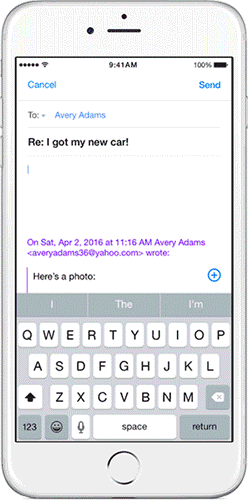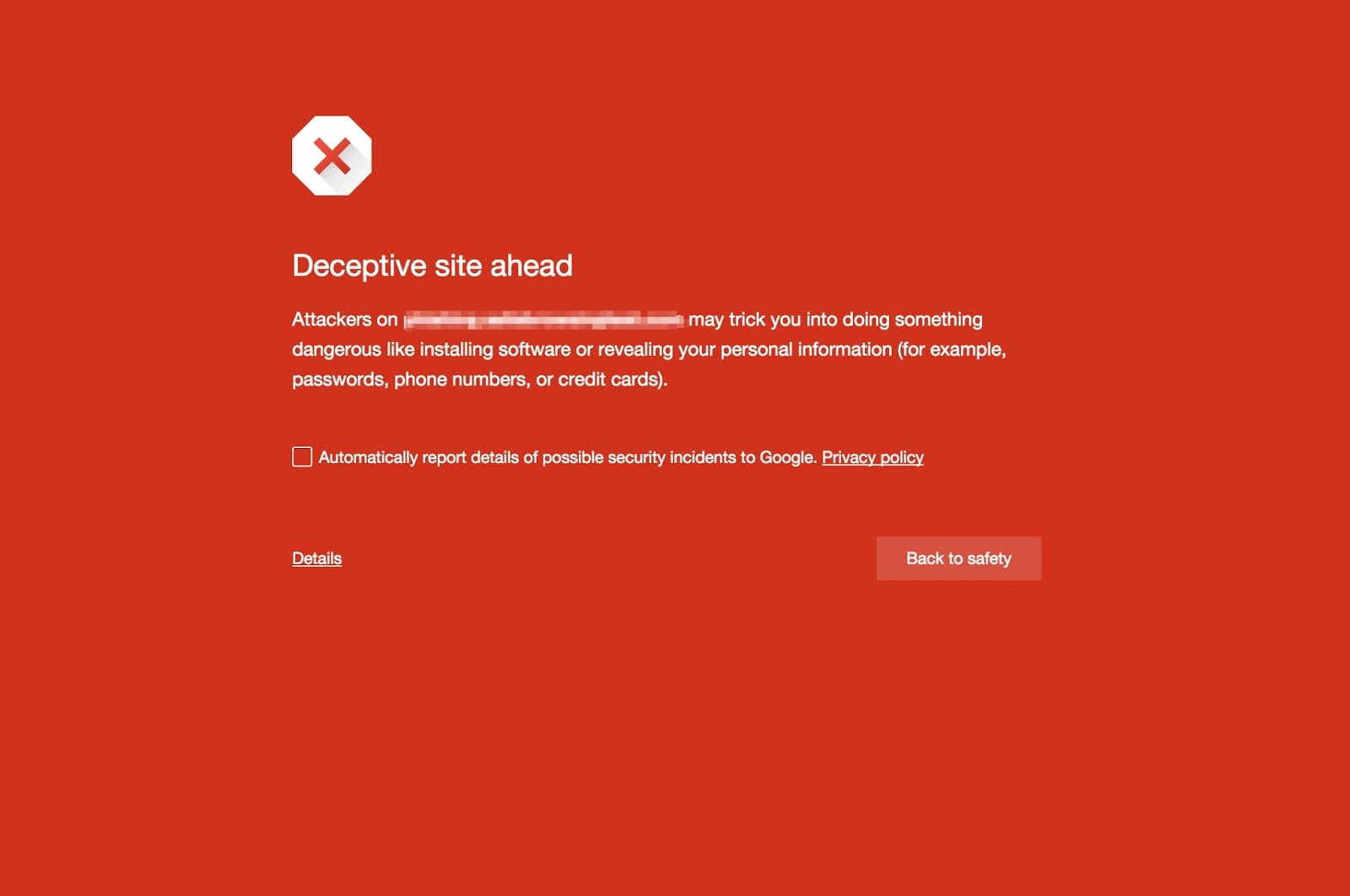Facebook announced some major changes in recent days that will greatly impact how people consume video and how businesses and marketers will use it to their advantage. Facebook videos (especially live videos) will be more discoverable than ever, and will also provide new monetization paths.
For one, users can now broadcast live videos that are specifically limited to Groups and Events. This is great news for those who want to make sure certain people see the videos. This feature could present some very interesting ideas particularly in sale groups.
“Live in Groups allows you to broadcast to just the people in the Facebook Group – so you can go live in your family group, or share a workout plan in a fitness group,” Facebook says. “Live in Events means you can go live from a birthday…to allow those that can’t make it to join the fun, and a performer can go live backstage to the people who’ve RSVP-ed to the event to give them a sneak peak. You can even use Events to schedule a live Q&A session. We hope this new ability to both broadcast and watch live video within Groups and Events enables people to connect more deeply with their closest friends, family and the communities of people who share their interests.”
Facebook also added live reactions to live videos, which gives it more Periscope-esque functionality and should lead to further audience engagement. Broadcasters also gained the ability to draw or doodle on the live video while live, and since the announcement, Periscope has already been reported to be testing similar functionality. Look for more and more feature crossover between Facebook and Periscope as time goes on.
Also new to Facebook live video are filters and a Replay Comments feature.
“People comment 10 times more on Facebook Live videos than on regular video,” a spokesperson for Facebook tells WebProNews. “If you’re watching a live video after the fact, you’ll be able to see comments as they occurred during the live broadcast, so you feel “in” on the action.”
In the discovery department, there’s a new Invite Friends feature as well as a Live Video Destination and a Live Map.
To invite friends to watch a live video, you can tap on the Invite icon to the right of a live video and they’ll get a notification.
The live video destination is a place to find live videos the world is talking about, live video from friends and creators you care about, and live video on topics you’re interested in. This means people will be seeking out videos more rather than just checking them out as they appear in the News Feed. There’s also a search function.
“If relevant Live video is available, it will be included in the Search results pages for these topics so you can get a direct, first-hand look at what’s happening,” says Facebook. “You’ll also see a new indicator that lets you know when relevant Live video is available for a Trending topic.”


The Live Map gives you a visual way to look at public live broadcasts that are currently happening in over 60 countries. This is rolling out gradually on desktop.

“Expect to find Live video in a small handful of Trending topics for now,” Facebook adds. “As more people start creating and sharing Live video, we’re excited to see these perspectives make Trending topics an even better experience.”
Obviously the implications of all of this for businesses is that your videos can potentially be easier for users to find beyond the News Feed.
In terms of monetizing videos, Facebook also made changes to its branded content policy that may just help in that department. Verified pages can share branded content such as text, photos, videos, Instant Articles, links, 360 videos, or Live Videos that mention or feature someone else’s product, brand, or sponsor.
As Facebook notes, this stuff is typically posted by media companies, celebrities, or other influencers. They’re also providing a new tool that makes it easy to tag a marketer when publishing branded content. Facebook says publishers and influencers must use this tag for all branded content.
“This update is something that media companies, public figures, influencers, and marketers have been asking for, as branded content is a growing and evolving part of the media landscape,” Facebook’s Clare Rubin and Nick Grudin say in a blog post. “People will now be connected to more of the content they care most about on Facebook as publishers and influencers gain an incentive to share more quality content — of all kinds…We know that many of our partners have existing partnership deals with marketers, and this update gives them the ability to extend their branded content business onto Facebook.”
“For brands and businesses, the new tool will introduce more transparency and allow them to better understand how their marketing initiatives are performing across Facebook,” they add. “Additionally, marketers can now leverage branded content creative for ads and actively engage in sponsorships to ensure their campaigns are useful, interesting, and entertaining to their target audiences. We are committed to ensuring that the branded content experience is engaging for people on Facebook and that the ecosystem thrives for our partners and marketers.”
To use the new tool, you can get started here. You can view the new branded content policy here and the updated ads policy here.
Of course Facebook has also recently provided better ways to track video performance. In February, the company launched new metrics to see the percentage of people who have viewed their videos with sound and a simplified video metrics interface. More recently, Facebook added daily breakdowns of the Minutes Viewed, Views, and 10-Second Views metrics.
Don’t forget, Facebook also now takes live video into account when ranking content in the News Feed. Make no mistake. Facebook wants to show people video, especially when it’s live. If video makes sense for your marketing efforts, now is the time to really start taking it seriously.
It’s worth noting that some users are annoyed by Facebook’s live video efforts, so make sure you’re putting out engaging content that people will enjoy.
Facebook’s F8 developer conference is just about to get underway, so look for even more video news to come out of that.



















![Facebook Adds Features To Analytics for Apps [F8]](https://dev.webpronews.com/wp-content/uploads/2016/04/Screen-Shot-2016-04-12-at-3.53.35-PM-100x63.png)


![Facebook Opens Live API To Let Developers Build Ability To Stream to FB Live From Any Device [F8]](https://dev.webpronews.com/wp-content/uploads/2016/04/f8-zuckerberg-100x53.png)









